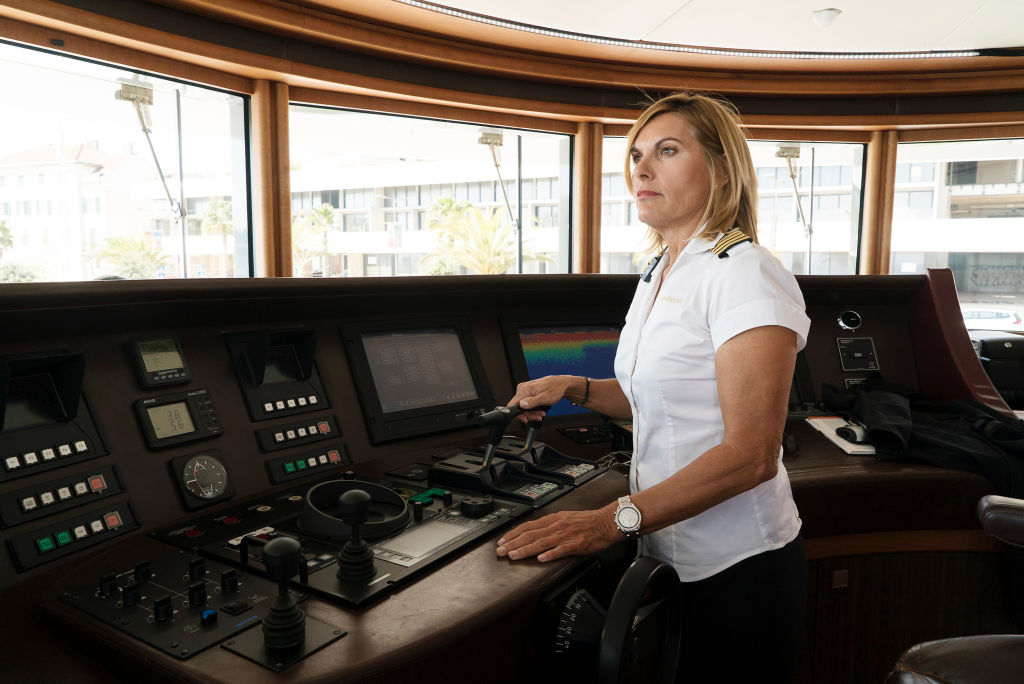‘Below Deck Med’ What Happens During Night Anchor Watch?
When Captain Sandy Yawn from Below Deck Mediterranean tells a deck crew member he or she is on anchor watch, it really means that crew member is going to be pulling an all-nighter.
The yacht typically drops the anchor at a remote location, which means it could be vulnerable during the night when everyone is sleeping. That’s why having an officer remaining vigilant overnight is vital to maintaining the safety of the vessel.

Sometimes the crew member is assigned to anchor watch because they messed up during their daily duties. Other times anchor watch is based on scheduling. Regardless, the duty appears to be a little lonely and probably even boring. But that still means the officer must be hyper-aware as anything could happen.
Why it is important to remain vigilant
Even though you’ve dropped anchor it doesn’t mean all is well. A few sailors share their stories of what could go wrong when you are anchored on Cruisers Forum. A few stories were about how their boat was anchored but other vessels were not voyaging safely and could possibly impact the safety of the anchored vessel.
Other stories discussed how weather can impact anchorage. “Tons of current ripping through the anchorage and a gale blowing from the north so that when the wind eased off we would ride to the current,” one person recounted during anchorage in North Carolina. “The wind would gust up and slowly push us from astern downwind against the current, until the next lull when we would drift back rapidly on the current until the line became taught.”
Some have some pretty severe sudden weather stories, which include riding out a hurricane too. Of course, another concern is having your vessel attacked by intruders. Yawn captained a vessel that was once chased by pirates.
Regular ship maintenance and observation
While the captain is at the helm, the instruments and overall vessel’s health is constantly under scrutiny. And although everyone may be asleep, that same level of vigilance is still required during night anchor watch.
Officers on night anchor watch should calculate the swinging circle, Marine Insight report. The swinging circle formula is” Swinging Circle (M) = L.O.A + Length of Cable – UKC. The swinging circle may also change with tides and weather too.
Also, the person on night anchor watch should follow any of the master’s standing orders too. This could include any duties or orders left for evening watch to maintain the same level of performance overnight as during the day. Reporting the ship’s position may also be part of usual orders.
Protect the safety of the passengers and vessel
The stories alone are proof the officer on night anchor watch needs to be clear-headed and ready to act. Officers must be aware of anchor dragging. This occurs when tidal levels or the weather changes, Marine Insight reports. The danger is having your vessel drift into another vessel or body of land.
Checking the appropriate lighting and a VHF watch is also vital. Other vessels need to be able to see your yacht at night. The VHF radio is your best connection to get help and give and receive information.
Of course, you should be aware of vessels around you, not only to avoid a collision but piracy too. “The ship being stationery makes it open to attacks and pilferage,” Marine Insight reports. “And very little can be left to the imagination in case the pirates attempt to board the vessel when it is anchored!”


